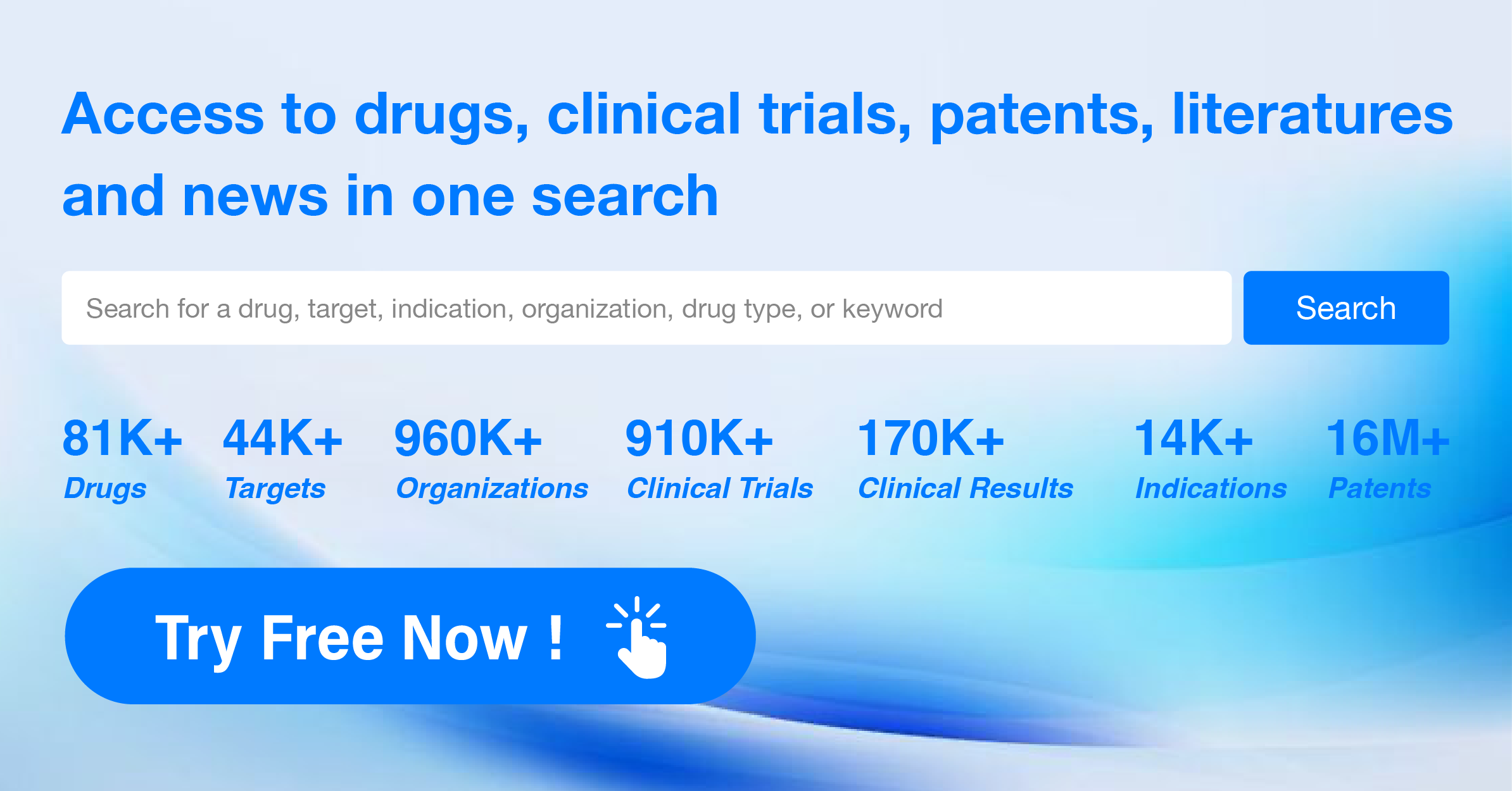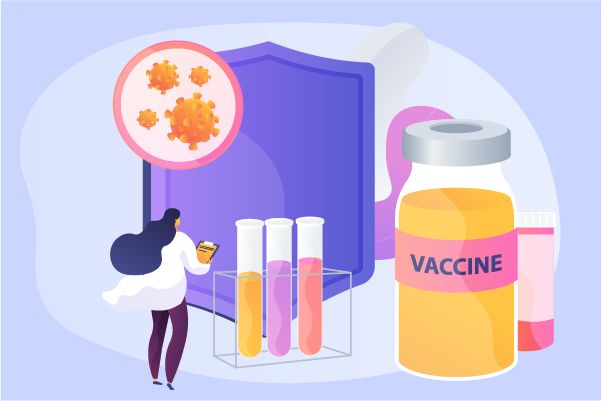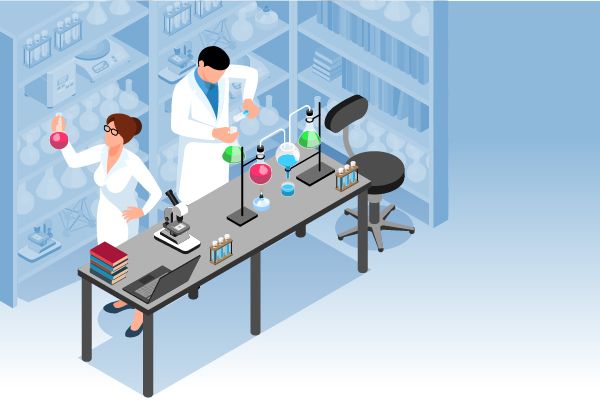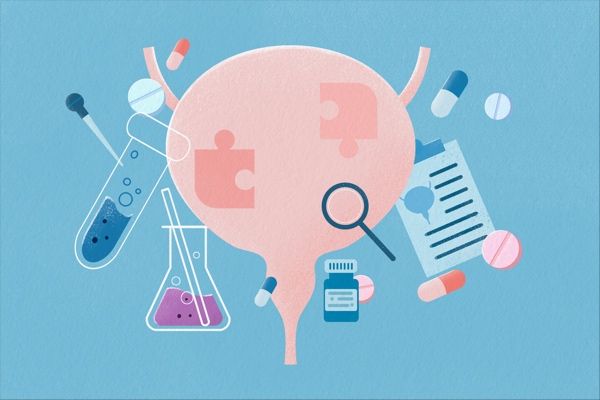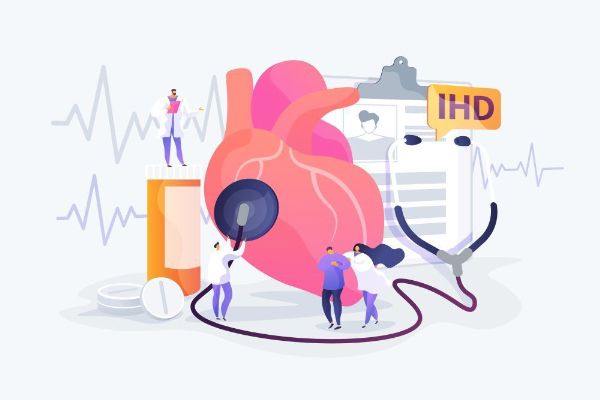How long does it take for a new drug to go from research and development to market?
The process of bringing a new drug from research and development to market is a long and complex journey, typically involving the following key stages:
1. Drug Discovery and Development:
Target identification: Determining the treatment approaches for a disease and molecular targets for drug action.
Compound screening: Identifying potential effective compounds through techniques such as high-throughput screening.
Preclinical research: Conducting chemical and biological studies on the screened compounds, optimizing their structure to enhance activity and reduce toxicity.
2. Preclinical Studies:
Pharmacology and toxicology studies: Evaluating the pharmacological effects and potential toxicity of the drug.
Pharmacokinetics and pharmacodynamics studies: Investigating the drug's absorption, distribution, metabolism, and excretion processes in the body.
Formulation development: Developing suitable drug formulations and routes of administration.
3. Clinical Trials:
Phase I clinical trials: Primarily assessing the drug's safety, tolerability, and pharmacokinetics in healthy volunteers.
Phase II clinical trials: Evaluating the drug's efficacy and dose-response relationship, typically in a limited patient population.
Phase III clinical trials: Conducted in a broader patient population to further verify the drug's efficacy and safety, and to gather more data on side effects.
4. New Drug Application (NDA):
Data compilation: Organizing data from clinical trials and other studies for submission to regulatory bodies.
Regulatory approval: Filing the NDA with regulatory agencies and awaiting review and authorization.
5. Post-Market Surveillance:
Phase IV clinical trials (if required): Additional studies conducted post-market to further evaluate the drug's long-term safety and effectiveness.
Drug monitoring: Continuously monitoring the drug's market performance and safety to ensure public health.
Lifecycle management: Continuously optimizing the drug's formulation, dosage forms, and treatment plans based on market feedback and new research findings.
6. Commercialization:
Marketing: Developing marketing strategies, promoting the drug, and increasing awareness among patients and physicians.
Supply chain management: Ensuring smooth operation of the drug's production, distribution, and supply chain.
The entire process must adhere to strict scientific and regulatory standards, usually requiring over 10 years and significant investment. Moreover, many drugs fail during the development process for various reasons such as safety, efficacy, or economic viability. Therefore, successfully bringing a new drug to market is a challenging endeavor.
With so many steps involved in taking a new drug from R&D to market, how can one access the vast amount of pharmaceutical data? Drug data is crucial for R&D, project initiation, and choosing the competitive track, among other things.
One may opt for the Synapse database, which offers comprehensive and daily updated data, with the most significant advantage being free registration for access to complete data.
